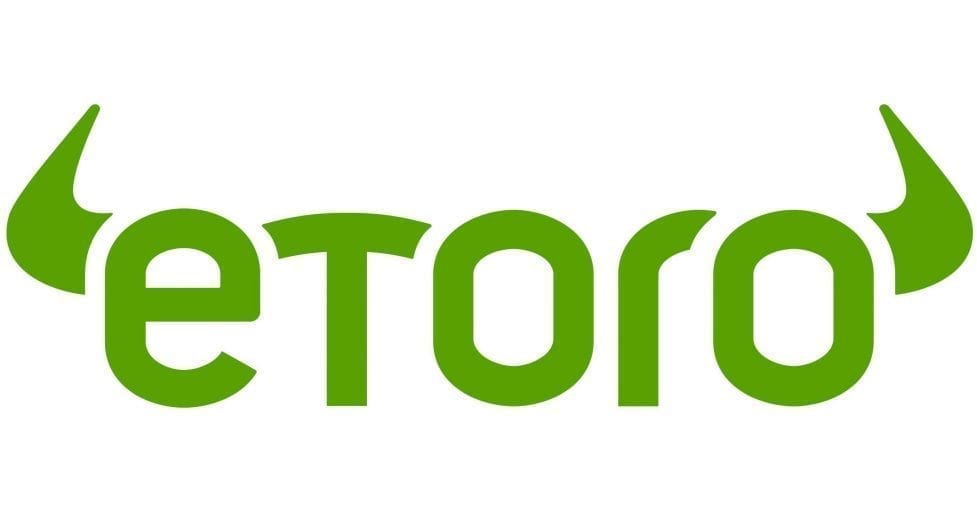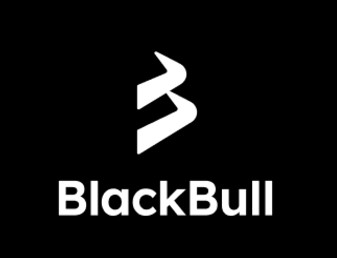Miner Rio Tinto’s shares (ASX: RIO) fell back 2.73% today, falling to the low point of the year in closing at $111.94. From a technical standpoint, the stock continues to make lower lows, slipping below the range that had held for much of the past 6 months ($114- $125).
While the recent price action has hovered near key technical levels, the longer-term indicators offer mixed signals. The positioning of the 50-day moving average relative to the 200-day moving average has, at times, formed patterns that some chartists interpret as potentially bearish for the medium term. However, more recent trading has seen the price sustain levels near or above its 200-day average, suggesting potential near-term support or a possible shift in momentum that market participants will be closely monitoring.
Delving into the company’s fundamentals, Rio Tinto’s full-year 2024 results, released in February 2025, showcased operational strength amidst challenging market conditions. While consolidated sales revenue and underlying EBITDA saw slight decreases year-on-year, reflecting softer commodity prices, particularly for its core iron ore product, the bottom line painted a brighter picture.
Net earnings attributable to owners surged 15% year-over-year to US$11.55 billion. This robust profit performance, despite an 8% decline in underlying earnings per share, underscores effective cost management and operational efficiency. Critically for income-focused investors, Rio Tinto reaffirmed its commitment to shareholder returns, maintaining its dividend payout ratio at 60% of underlying earnings for the ninth consecutive year.
Looking forward, the operational landscape presents both challenges and strategic opportunities. Recent tropical cyclones battering Western Australia significantly disrupted Pilbara iron ore operations in the first quarter of 2025, leading to an estimated supply loss of around 13 million tonnes. While the company has implemented mitigation plans aiming to recover approximately half of this lost tonnage throughout the year and maintained its overall 2025 shipment guidance, the events highlight the inherent vulnerability of large-scale mining operations to weather-related disruptions. Furthermore, analyst forecasts for the full year 2025 suggest potential margin pressure, driven by expectations of lower average iron ore prices – currently hovering near US$100-104 per tonne but forecast by some to average below US$100 – coupled with guided increases in unit production costs.
Strategically, Rio Tinto is aggressively pursuing diversification beyond its iron ore stronghold, positioning itself for long-term growth aligned with global decarbonization trends. Copper production saw significant growth in 2024, largely fueled by the successful ramp-up of the Oyu Tolgoi underground mine in Mongolia, which is expected to become a cornerstone asset supplying a metal critical for electrification. Concurrently, the company is advancing its interests in aluminium and battery minerals, notably through the anticipated closing of its acquisition of lithium developer Arcadium Lithium. Progress also continues at the massive Simandou iron ore project in Guinea, with first production targeted by the end of 2025. While Simandou promises substantial high-grade ore capacity, its eventual output also contributes to analyst concerns about future iron ore price pressure due to increased global supply.
The Bull Case
- Strategic Diversification: Aggressive expansion into copper (Oyu Tolgoi) and future-facing minerals like lithium (Arcadium acquisition) successfully reduces earnings volatility tied to iron ore and captures demand from the energy transition.
- Operational Strength & Asset Quality: Operates large-scale, low-cost, long-life assets efficiently, demonstrating resilience through strong FY24 net earnings despite headwinds.
- Attractive Shareholder Returns: Consistent dividend policy targeting a 60% payout ratio provides a compelling yield (forecasted around 5.5%+), backed by disciplined capital allocation.
- Financials: A strong balance sheet provides the capacity to fund major growth projects (Simandou, copper expansion) while weathering potential market downturns.
- Valuation Potential: Shares may offer value at current multiples (est. ~11x FY25 P/E), especially if commodity prices recover, potentially spurred by effective Chinese economic stimulus measures.
The Bear Case
- Iron Ore Price Vulnerability: Earnings remain heavily dependent on iron ore prices, which face significant pressure from potential demand slowdown in China’s property sector and increasing global supply, including from Simandou itself. Lower average prices forecasted for 2025.
- Macroeconomic Risks: Potential for a global economic slowdown or recession could significantly dampen demand and prices for steel and base metals. Geopolitical instability adds further uncertainty.
- Operational Hurdles & Cost Inflation: Recent cyclone impacts highlight operational risks. Guided increases in unit costs for FY25 could squeeze margins. Major projects like Simandou carry inherent execution risks.
- Technical Concerns & Relative Performance: Historical technical patterns (e.g., moving average crossovers) can signal caution for the medium term. Recent share price underperformance relative to the ASX 200 index.
- Regulatory & Long-Term Demand Shifts: Background risks include potential government tax/royalty increases. Long-term shifts in steelmaking technology could eventually impact demand for specific iron ore grades.
Rio Tinto stands as a global mining powerhouse navigating a period of significant transition and market uncertainty. Its world-class assets, strategic pivot towards future-critical commodities, robust balance sheet, and dedication to shareholder returns form a compelling investment thesis. However, investors must weigh these strengths against the considerable headwinds of iron ore price volatility, macroeconomic uncertainty, operational challenges including rising costs and weather impacts, and the execution risks tied to transformative growth projects.
Top Australian Brokers
- Pepperstone - Trading education - Read our review
- IC Markets - Experienced and highly regulated - Read our review
- eToro - Social and copy trading platform - Read our review
Don’t Buy Just Yet
You will want to see this before you make any decisions.
Before you decide which shares to add to your portfolio you might want to take a look at this special report we recently published.
Our experts picked out The 5 best ASX shares to buy in 2025.
We’re giving away this valuable research for FREE.
Click below to secure your copy





